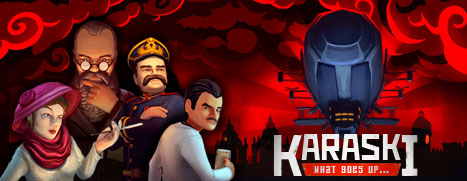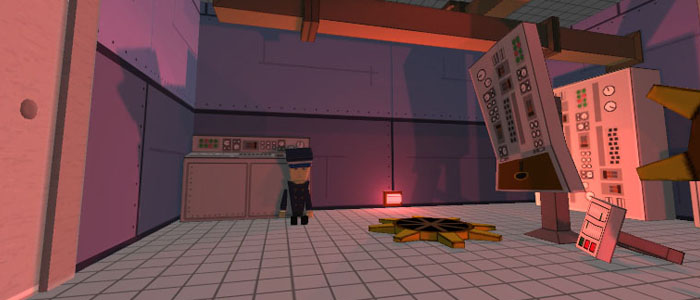
I have finally started integrating the main plot via in-game story, plot items, and a quest system that tries something new.
New Areas and Items
I’ve added a whole new area, where the game begins! This serves as initial tutorial as well as setup for the story.Also, a whole new aesthetic from the gallant living quarters, and the crude cargo you’ve seen before. You can see it in the picture at the end of this post.
On top of that, I also created most of they plot items pertinent to one of the main quests that the player can find to uncover what’s happened… and what everyone is hiding. Oh, the mysteries!

Reworking the Story
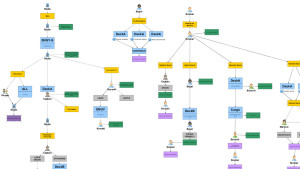
I’ve also spent a lot of time reworking my story… I’m having some second-thoughts about it (hello artist doubt), and how all the elements fit together. I turned to outlining everything using graphs, which really helped visualize the whole narrative flow, and easily re-arrange some elements. I’m not entirely happy with it yet but… it’s a work in progress.
One other problem I’ve been facing is the dichotomy of the more friendly, exploratory and conversation-based levels, versus the more hostile, stealthy and gameplay heavy ones. Sometimes it feels like it’s almost two very different games in one, and I’m not entirely sure if they mesh… but then a few people I talked to said that’s actually really awesome. So I don’t know what to think anymore. I guess eventual testing will give the final answer.
Quest System
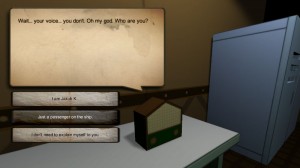
And the past few days were spent developing a Quest System, and trying a different approach. See, in most RPGs you have your quests with tasks that get checked off via scripts at various points, like talking to a person, entering an area, picking up an item. But it’s a pain to refactor a quest this way – when I was restructuring my quest lines, I had to hunt down all the scripts, look in all convos, check all triggers, items, etc. And god forbid you forget something somewhere!
So instead, I once again turned to my trusty yEd Graph tool and the node-based scripting from my Conversations, to create a Quest system that manages itself. What this means that, for example, instead of having an NPC conversation complete a Quest task, instead, the Quest task checks if the player talked to the NPC and learned a certain thing, then checks itself off.
The benefit of it is – ALL quest flow and logic is entirely in one place! So I can completely change my quest lines around without necessarily having to go hunt the in-game points where they changes happen. This makes changing the story and quests around much easier. Yes, I still need NPC convos checking off some variables, or area-triggers taking note when player enters, but once in place, I don’t need to mess with those to move my plot around. Wee!
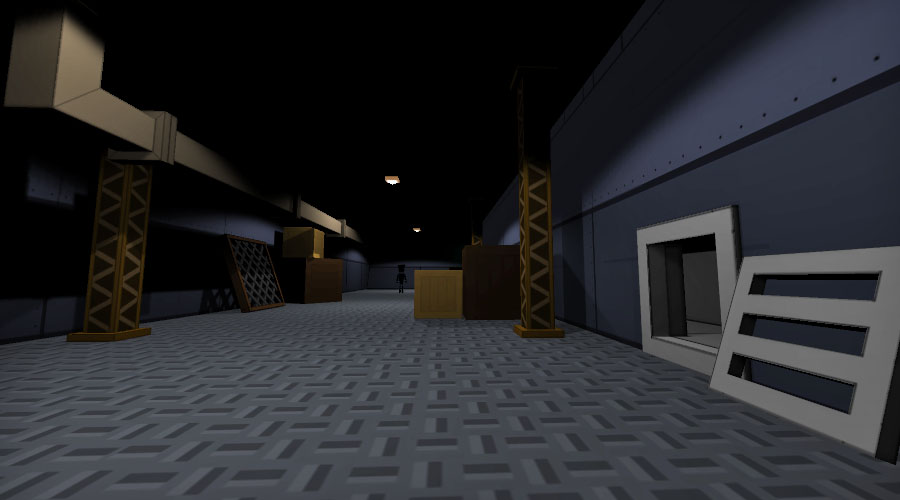
Next Week’s Plan
I guess I ought to finish up integrating and testing the main quest line, so I can at play the game from start to finish. But I am getting a bit burned out on storylining after 2 weeks, so maybe I’ll take a break with some new level design or going back to tweaking my AI, hmm… I’m also going to need a proper GUI soon for tracking the quests and inventory items properly.
Intrigued? PLAY KARASKI NOW!
Or Follow at 

Karaski: What Goes Up... is a an open-ended "Who-Dun-It" mystery adventure onboard a sabotaged 1920s Airship where the player is as likely a culrpit as the suspects. Deus Ex meets Clue with a bit of Telltale!
